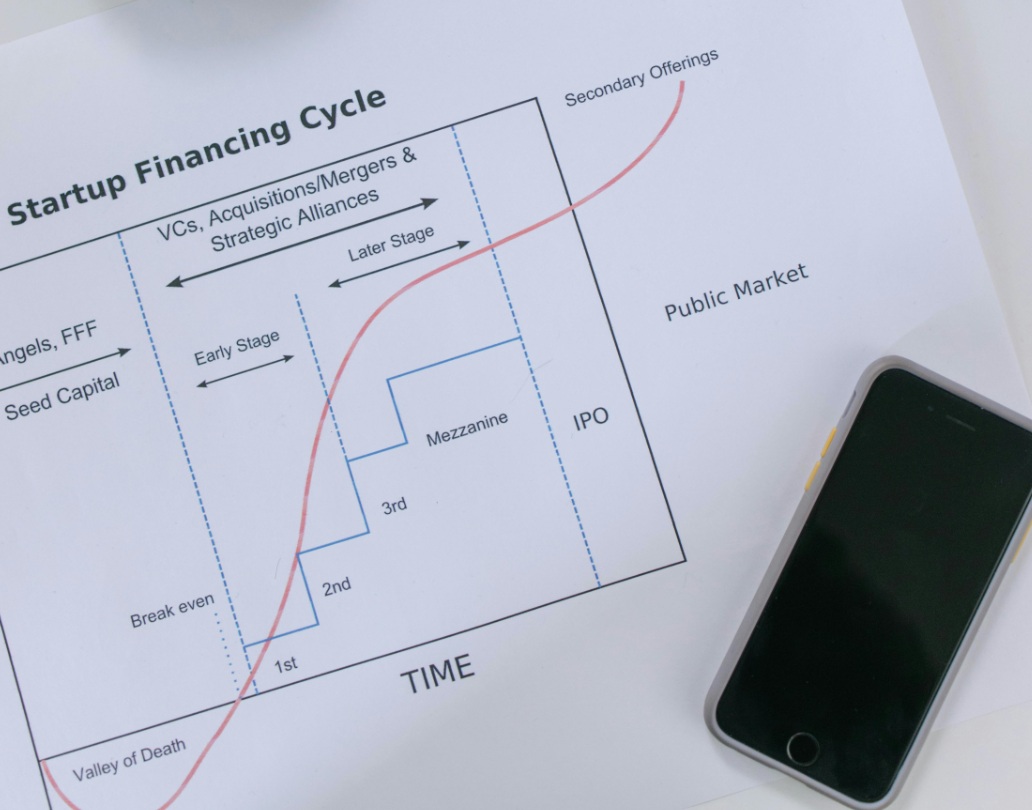When private equity firms complete an acquisition, their focus shifts sharply from deal-making to value creation. While growth targets, operational efficiencies, and strategic realignments dominate integration plans, one foundational element often determines success: cash visibility.
Private equity-backed companies operate under tight scrutiny. Investors demand rigorous financial discipline, and portfolio businesses must run disciplined cash management operations to meet ambitious performance metrics. Where pre-acquisition they would report on cash weekly, now they are expected to report daily. Yet many still struggle with fragmented or delayed cash reporting—especially across multiple entities and geographies.
The Hidden Costs of Poor Cash Visibility
A recent industry analysis highlights recurring pain points among PE-backed firms, such as unpredictable cash flows tied to seasonal sales cycles, locked-up working capital in receivables or excess inventory, forecast variances often exceeding two weeks’ cash, and manual reconciliation leading to delayed detection of shortages. These issues underscore that disruptions in cash insight can stall strategic actions—like dividend distribution or refinancing—and inject unnecessary financial risk.
Why Conventional Systems Fall Short
Most companies still rely on spreadsheets or legacy treasury systems. These outdated platforms are typically error-prone and labour-intensive, slow to consolidate cash data across subsidiaries and bank accounts, and unable to deliver meaningful short-term forecasts. As a result, finance teams spend significant bandwidth on manual data checking and stitching, leaving little room for strategic analysis.
Elevating Cash Visibility to Strategic Action
A new generation of treasury platforms is turning this challenge into an opportunity; AI-first platforms such as Panax are now enabling automated real-time forecasting, dynamic cash visibility, and full-cycle cash analytics. PE firms can now detect cash shortages or surpluses in real time, visualize consolidated positions across global subsidiaries, and transition from firefighting to proactive liquidity management.
The Strategic Dividend of Real-Time Cash Data
With clear visibility—down to the daily or even hourly level—companies can quickly redeploy surplus cash into growth or debt reduction, prevent unnecessary overdraft fees, optimize liquidity lines, and reduce forecasting errors—often cited as a critical KPI in PE integrations.
Recent surveys indicate that approximately 60% of private equity-backed companies now identify cash management as their number one operational priority, underscoring its growing strategic significance amid tighter credit markets and higher interest rates.
A Holistic, Integration-First Mindset
The most successful PE integrations no longer treat cash management as a back-office function—it becomes a central lever. This echoes findings from EY’s Q1 2025 PE Pulse, emphasizing operational improvement as a key focus for sponsors. Additionally, about 35% of LPs now regard advanced digital analytics—including real-time cash insights—as critical in manager evaluations, according to the Adams Street Partners 2025 Global Investor Survey.
Furthermore, recent trends in private markets—including the rising use of NAV-backed loans (approaching $1 billion)—highlight how liquidity optimization is becoming increasingly top-of-mind for PE and portfolio companies alike.
For financial sponsors, deploying these tools from day One isn’t just an upgrade—it’s imperative. AI-enabled platforms help finance teams shift from compliance-driven workflows to outcome-oriented, value-focused cash management.
In Summary
Post-acquisition value creation is anchored in liquidity control. Companies that can see, forecast, and strategize cash in real-time consistently outperform—unlocking divestment options, enabling accelerated growth, and achieving superior performance metrics. For private equity firms, integrating AI-powered cash visibility platforms isn’t optional—it’s foundational.






















